
Haas Push for Clarity After Bearman Disqualified Lap at Imola
Bearman’s Deleted Qualifying Lap Sparks Controversy at Emilia-Romagna Grand Prix
In a weekend that promised new beginnings and fierce competition at the Emilia-Romagna Grand Prix, the spotlight unexpectedly fell on a controversy that could have far-reaching implications. American outfit Haas has formally requested clarification from the FIA following the deletion of Oliver Bearman’s final flying lap during Q1 at Imola — a decision that the team firmly believes was made in error.
The 19-year-old Briton looked set to push through to the second stage of qualifying with a lap that was good enough to lift him to 10th place. However, jubilation quickly turned to disbelief when his time was scrubbed from the record. According to the FIA, Bearman completed his lap after the red flag was issued in response to a crash involving Alpine reserve driver Franco Colapinto, who had stepped in during FP1.
But Haas and Bearman tell a different story.
Haas Question Timing and Transparency
In a statement issued the morning after qualifying, Haas confirmed they had requested further written clarification from the FIA, citing inconsistencies in the application of red flag procedures and timing data. The team said it wanted to understand not only the rationale behind Bearman’s lap being erased, but also what steps could be taken to prevent similar disputes in the future.
“After discussions last night with the FIA,” read the Haas statement, “we have subsequently asked for further written clarification on the decision-making concerning Ollie Bearman’s final Q1 lap, in order for us to review more comprehensively.
“We similarly asked what measures the FIA and race control can put in place moving forward to ensure that this situation is avoided in the future to the benefit of F1. Upon review we will be more informed to comment.”
It’s clear from their language that the team isn’t looking to stir controversy for the sake of it. Rather, Haas are pushing for a more transparent, accountable process that doesn’t leave teams guessing or relying on external TV footage to understand critical decisions.
Bearman’s Disbelief: “It’s Totally Unfair”
Bearman himself didn’t mince words in the aftermath. For the young Briton, who is regarded as a potential future full-time F1 star and who filled in admirably for Ferrari in Saudi Arabia earlier this year, the Imola incident was a bitter pill to swallow.
“We get the red light on our dash,” Bearman explained. “That, for me, didn’t happen until quite a way after I crossed the line. Watching the outboard video, it was clear that there was no red flag displayed when I crossed the line. So, I believe it’s totally unfair to have the lap deleted.”
He didn’t stop there. In comments that hinted at frustration with the sport’s decision-making culture, Bearman added: “I feel like once they make a decision — even if it’s wrong, even if it’s clearly wrong — they’re not going to turn back on it. And that seems a bit harsh.”
What the FIA Said — and Why It Doesn’t Sit Right with Haas
According to an FIA spokesperson, the red flag was officially triggered at 16:32 and 17.6 seconds. Bearman, meanwhile, crossed the line at 16:32 and 20.9 seconds — more than three seconds later. That, the FIA says, is the decisive detail. However, the governing body also acknowledged that the red flag was not displayed on the LED panels at the finish line — only the orange “abort lap” lights were visible on the gantry.
This is where things get murky. While article 37.6 of the FIA Sporting Regulations states that these orange lights can be used in conjunction with red flags at marshal posts, the visibility and timing of those lights on a rapidly changing qualifying lap can be difficult to interpret in real time.
The FIA said they delayed the start of Q2 in order to consult their timing experts and ensure the right decision was made. But Haas — and indeed many fans watching — found the explanation unconvincing, particularly when on-screen graphics and TV footage appeared to show Bearman crossing the line before any visible red flag indication.
A Bigger Conversation About Race Control and Fairness
At the heart of this dispute lies a much broader conversation about how F1 officiates critical in-race decisions — especially those related to timing and red flags, which can have an enormous impact on grid positions and even championship outcomes.
While Haas may not be leading the constructors’ standings, moments like these are essential for midfield teams who rely on razor-thin margins to score points and make their mark. Bearman’s lap would have seen him progress into Q2, potentially setting up a stronger Sunday result in front of a home European crowd.
Instead, his weekend was compromised by a decision that, even if technically justified by the letter of the rulebook, didn’t feel aligned with the spirit of fair competition.
Where Do We Go From Here?
Haas’s request for written clarification is more than just a protest. It’s a call for consistency, transparency, and a little common sense in how racing rules are interpreted and enforced. Whether the FIA responds with an apology, an amendment to procedures, or simply reaffirms the original ruling, what happens next could help define how the sport manages similar controversies in future.
As Bearman continues to grow within the Ferrari system and gains more opportunities on F1 weekends, his experience at Imola will be remembered not just as a frustrating moment, but perhaps as a catalyst for change. The rules are only as good as the trust people place in them — and right now, that trust is being put to the test.
For Haas, for Bearman, and for fans of clear and consistent decision-making, the hope is that this episode leads not just to clarification, but meaningful improvement. Because no one wants to see talent and effort erased by a timing quirk, especially when the footage tells another story.
Imola gave us drama, as always — just not the kind we expected.





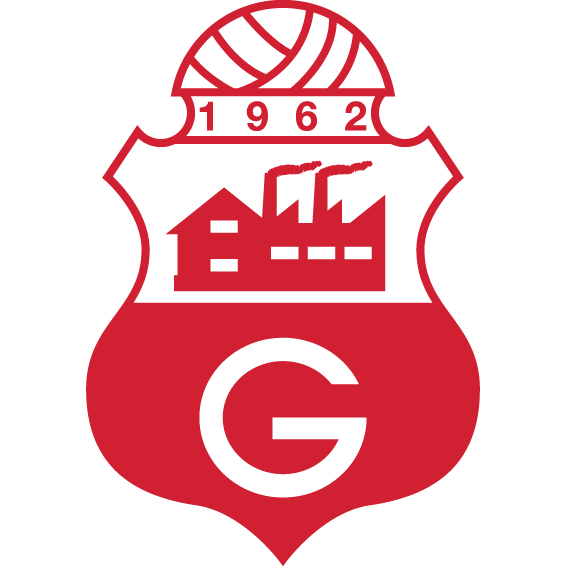




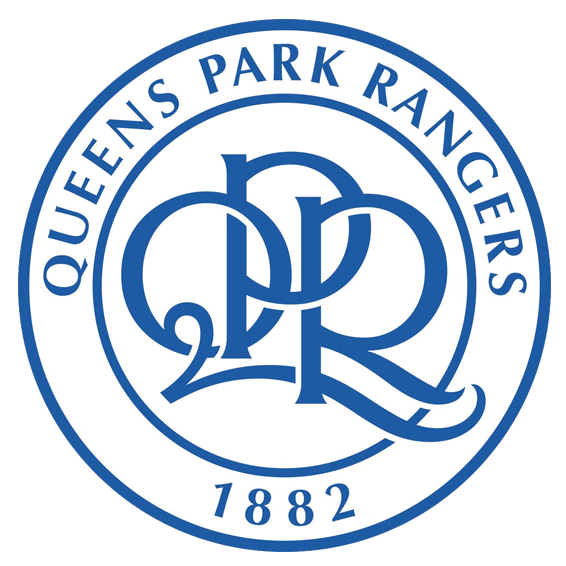






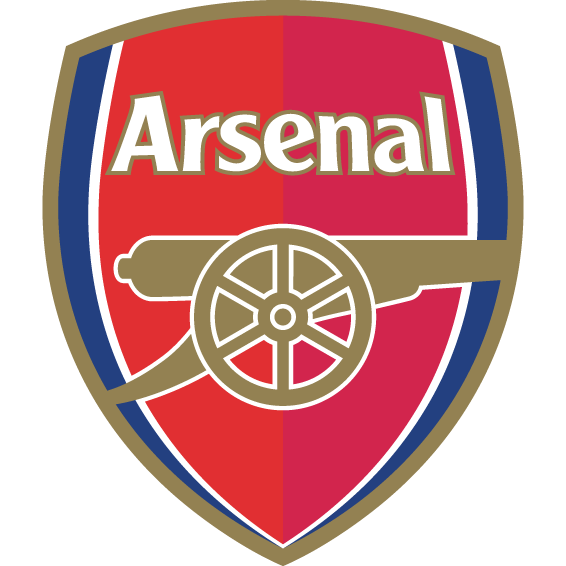




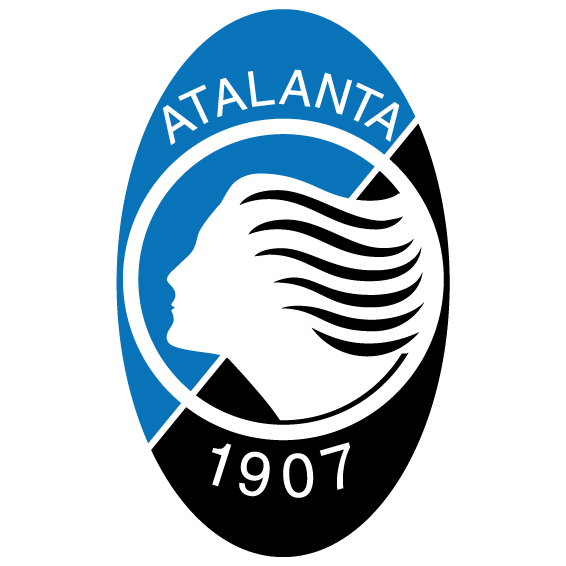
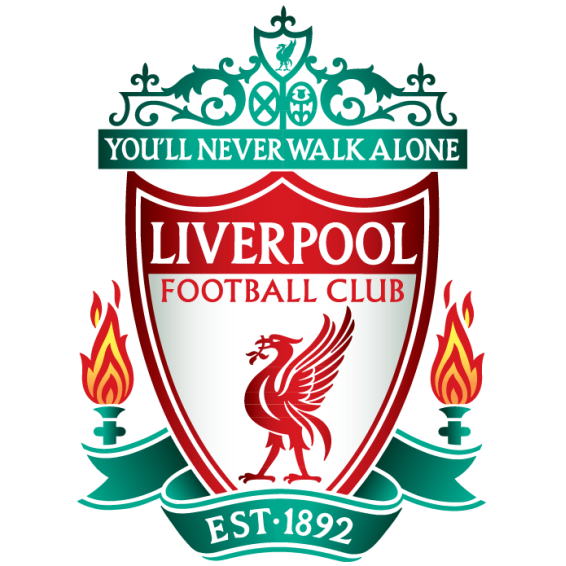




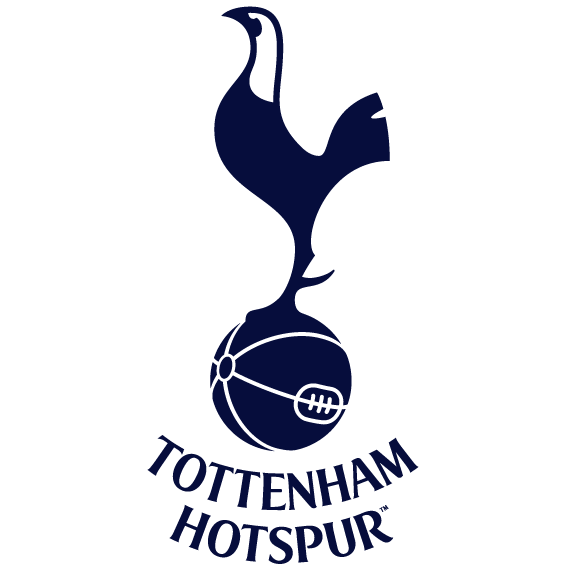













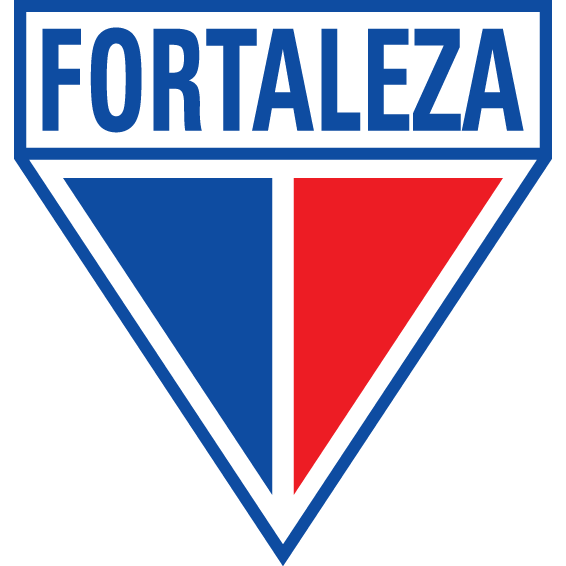
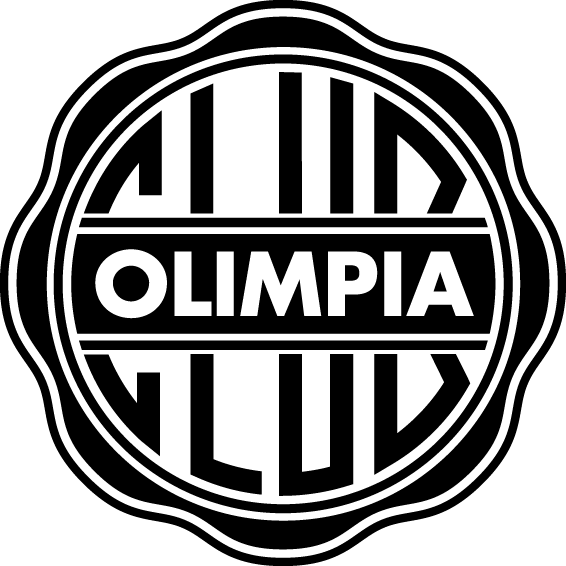

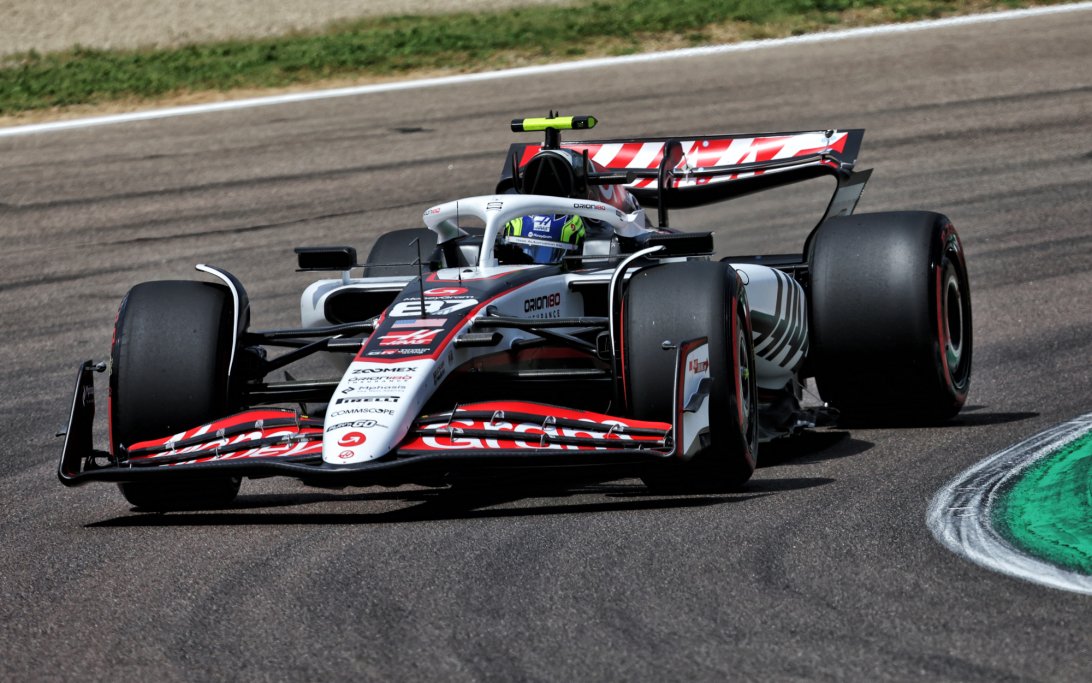























There are no comments yet. Be the first to comment!